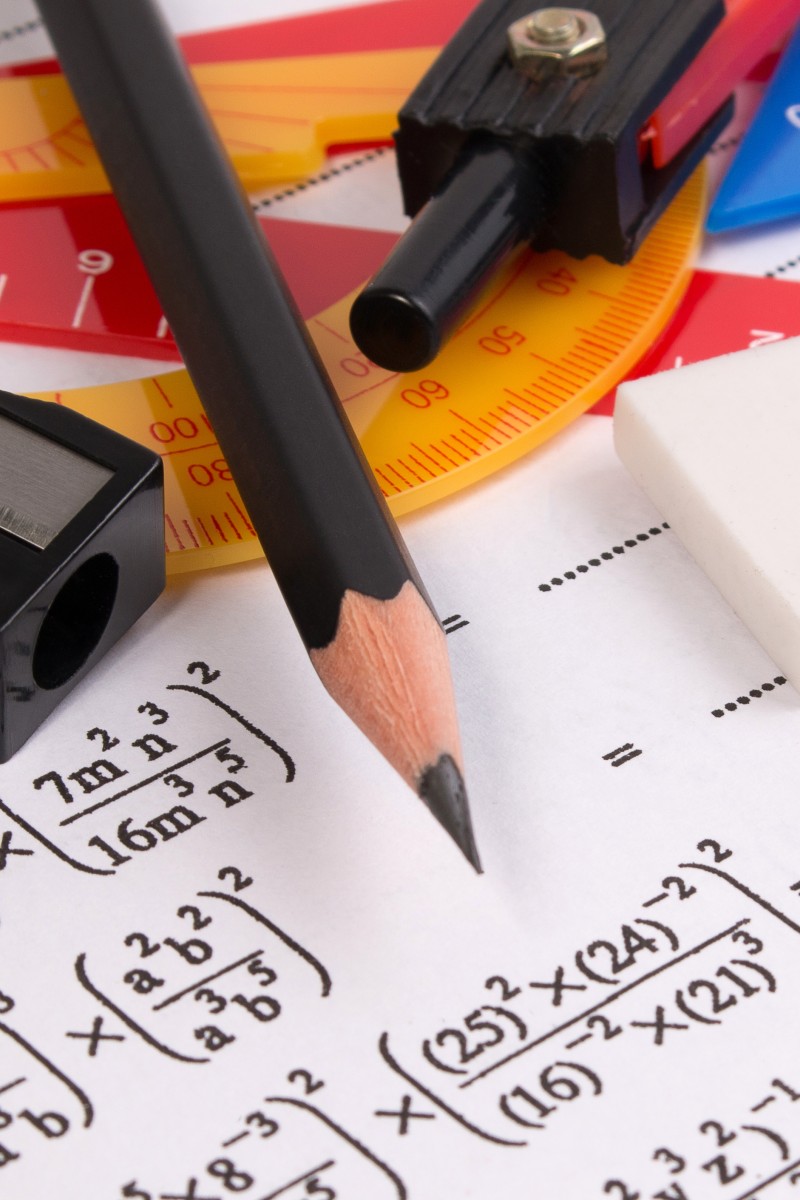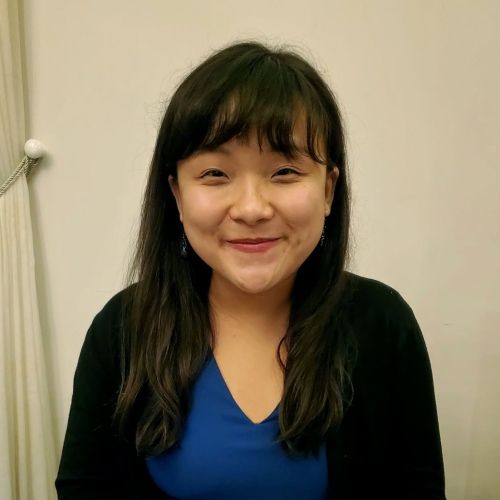
The DSE Maths Extended Part Module Two exam has never been so challenging, whilst the difficulty level of Module One exam was similar to - if not easier than - last year’s, said teachers and students of today's test.
“Module Two’s Section B this year was extremely tough,” Modern Education’s subject tutor Zhu Kit told Young Post. “Moreover, although Section A’s level of difficulty was normal, it was lengthy and time consuming, with plenty of questions demanding a lot of calculation.”
Zhu pointed out many students might have lost points in Section B’s Q10(b), which tested their knowledge of definite integration. “To solve this subquestion, students should have used the substitution method twice. This can be quite challenging as similar questions in past papers only required students to apply the method once,” he explained.
DSE candidate Cyrus Chan Kai-lok, 17, agreed that Module Two was highly demanding. “It was substantially more difficult than what I had expected… I [think] the Hong Kong Examinations and Assessment Authority is becoming increasingly demanding when testing students’ understanding of the exam topics.”
The La Salle College student added that all the questions in Section B were challenging. “I was especially confused when tacking Q11, which was about matrix. I had no choice but to leave the last sub-question [part c] blank,” he said. Q11(c) asked students to solve an algebra problem.
Zhu attributed Cyrus’ unfortunate situation to the way the sub-question was structured. “Students might find it hard to digest this unfamiliar-looking question, even though similar concepts have been tested in the past. As a result, they might not have been able to come up with the solution to solve the problem, despite it being part of the syllabus,” he said.
Another La Salle College student Thomas Chau Lok-hin, 17, took the Module One exam. “In general, the difficulty of the paper was similar to what I’d expected,” he said. “I would expect its cut-off score to be more or less similar to the last couple of years.”
Zhu concurred, and said Module One was slightly easier than last year’s. “There were, however, a few questions which required students to apply formulae seldom tested in the exam.” One of them was Section A’s Q8(a).
“This sub-question required students to change the base of an exponential function. It is a standard question, but one that is rarely asked,” said Zhu.
Thomas agreed that the question was tricky. “At first I struggled to figure out the answer… Luckily, I could solve it after experimenting with related mathematical concepts.”
Zhu also said students were seldom expected to calculate the appropriate z-value for a confidence interval, but it was required to solve Section B’s Q10(a)(ii). This sub-question asked students to find the corresponding z-value of a 99.5 per-cent confidence interval.
“Usually, students are only asked to solve a similar problem using the corresponding z-value for confidence intervals at 90, 95, 97, or 97 per cent, which they already know by heart,” Zhu explained.
Also, the concept of variance of geometric distribution was rarely tested in previous exams, said Zhu, but it appeared in this year’s Section A Q3(a). “Similar questions are unlikely to appear in future, given that the syllabus is changing,” he said. Students taking the DSEs in 2022 will be tested on the new syllabus.
You may also like:

